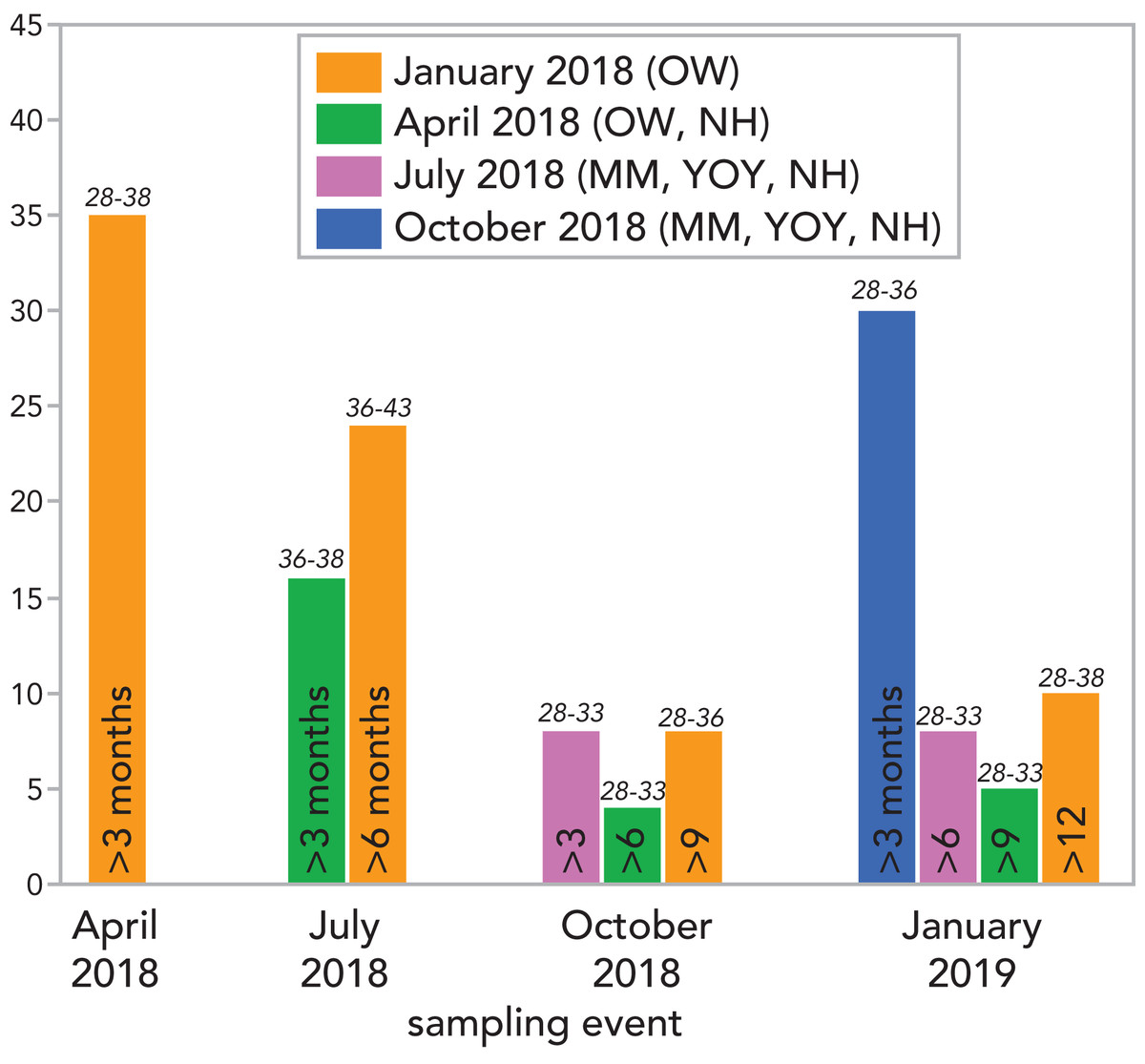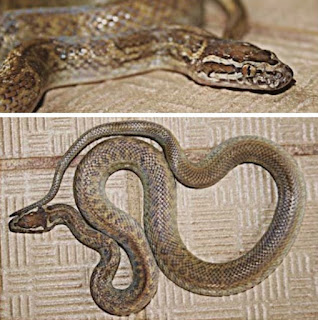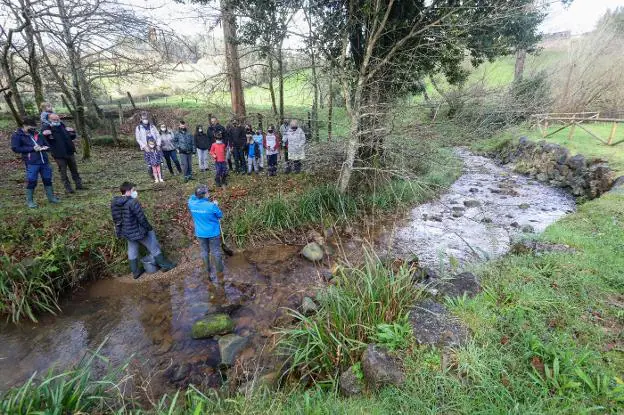The taxonomic status of the São Tomé and Príncipe islands ‘Cobras Jitas’, genus Boaedon, has been a subject of confusion. Historically, these island populations have been referred to as part of either the Boaedon fuliginosus species complex or Boaedon capensis species complex, two of the most taxonomically challenging groups of African snakes, or considered a distinct taxonomic entity, Leer más.





Two types of pathogens cause highly contagious upper respiratory tract diseases (URTD) in Chelonians: testudinid herpesviruses (TeHV) and a mycoplasma (Mycoplasma agassizii). In captivity, these infections are frequent and can provoke outbreaks. Pet trade generates an international ow of tortoises, often without sanitary checking; individuals intentionally or accidentally released in the wild may spread pathogens.. Leer más.
![]()
The intensity of a pathogen infection plays a key role in determining how the host responds to infection. Hosts with high infections are more likely to transmit infection to others, and are may be more likely to experience progression from infection to disease symptoms, to being physiologically compromised by disease. Understanding how and why hosts exhibit variation in infection intensity therefore plays a major part in developing and implementing measures aimed at controlling infection spread, its effects, and its chance of persisting and circulating within a population of hosts. Leer más.

En España, hay tres especies de víboras, las tres pertenecientes al grupo de las víboras europeas (género Vipera)”, explica el herpetólogo e investigador Fernando Martínez Freiría, que investiga la biogeografía, ecología y conservación de las víboras ibéricas. “Aunque las tres especies de víboras ibéricas son ecológicamente muy similares, están adaptadas a distintas condiciones climáticas y presentan una distribución parapátrica entre sí, esto es que cada una está distribuida en una región y apenas solapan sus distribuciones. Leer más.

Enseñar cómo contribuir a salvar los anfibios que se quedan atrapados en la piscina del área recreativa de Sollovio era uno de los objetivos de las actividades que ayer realizó el Grupo de Ornitología Mavea con motivo del Día Internacional de los humedales, acontecido esta semana. Leer más.








